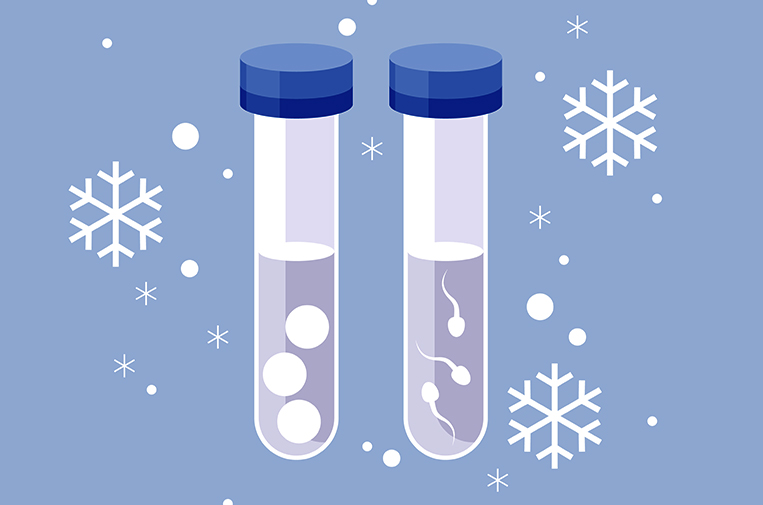
Going from zero babies to one was a prospect that intimidated Michelle Fry-Villanueva. Going from zero to two or even three? Unfathomable.
The San Jose resident and her husband confronted that decision in early 2011, after 14 months of trying to conceive a child the traditional way.
The couple finally turned to a Bay Area fertility clinic, the Reproductive Science Center, to pursue in vitro fertilization. For years, the procedure – in which eggs are fertilized in a lab – has been popularly known for producing “test-tube babies” in twos, threes and fours.
Typically, out of concern that some embryos wouldn’t be viable, doctors transfer several eggs into the mother’s womb, resulting in multiple births. But Fry-Villanueva, now 33, chose to receive just one embryo.
“Not knowing what we were going to be like as parents with one,” she recalled thinking, “how do we handle two?”
Fry-Villanueva, who gave birth to a girl in October, is among a small but growing number of in vitro fertilization patients who are pinning their dreams of a family not on several embryos, but on one – made possible by a procedure that, 10 years ago, was new and rarely used. Experts say technological advances over the last decade, plus an increased awareness of the risks of multiple births, have convinced more and more prospective parents to go with a lone embryo in the hopes it will transform into a child.






